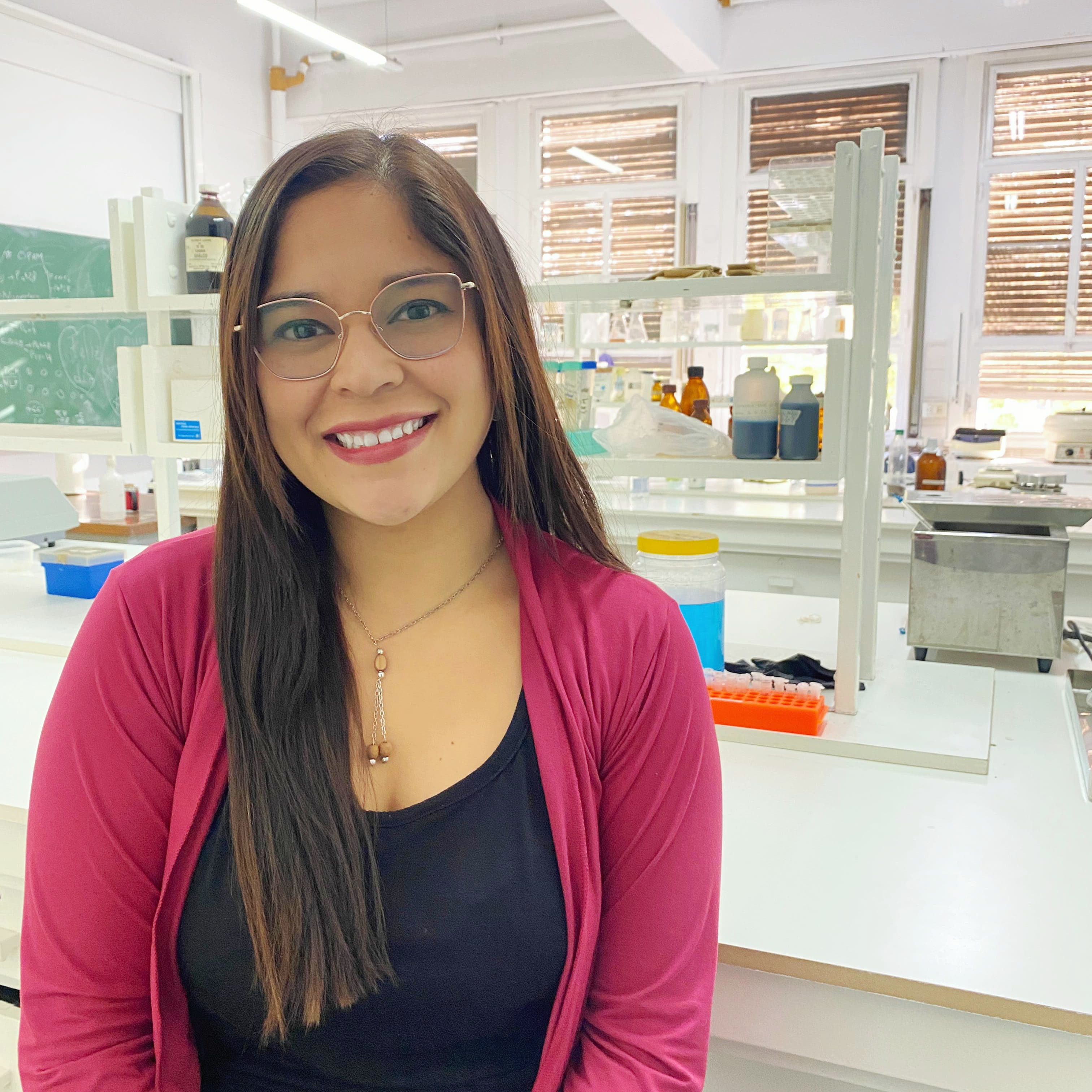May 30, 2025
Optimized heat shock transformation protocol for Escherichia coli TOP10, JM109, and BL21 strains
- Reclone Latin America Hub1
- 1Reclone (The Reagent Collaboration Network)
- Reclone.org (The Reagent Collaboration Network)Tech. support email: protocols@recode.org

Protocol Citation: Reclone Latin America Hub 2025. Optimized heat shock transformation protocol for Escherichia coli TOP10, JM109, and BL21 strains. protocols.io https://dx.doi.org/10.17504/protocols.io.yxmvmm6wbv3p/v1
License: This is an open access protocol distributed under the terms of the Creative Commons Attribution License, which permits unrestricted use, distribution, and reproduction in any medium, provided the original author and source are credited
Protocol status: Working
We use this protocol and it's working
Created: May 29, 2025
Last Modified: May 30, 2025
Protocol Integer ID: 219160
Funders Acknowledgements:
Chan Zuckerberg Initiative
Abstract
This protocol describes the standard method for transforming chemically competent Escherichia coli using a heat shock approach.
Materials
- Chemically competent Escherichia coli cells (e.g., TOP10, JM109, BL21)
- Plasmid DNA (10 pg – 100 ng)
- SOC medium
- Ice
- Sterile 1.5 mL microcentrifuge tubes
- Water bath or heat block at 42 °C
- Incubator or water bath at 37 °C
- Sterile LB agar plates with appropriate antibiotic
- Vortex mixer
Protocol
Protocol
Thaw 50 µL of chemically competent Escherichia coli cells (tested with TOP10, JM109, and BL21 strains) on ice for 5–10 minutes.
Add 1 µL of plasmid DNA (between 10 pg and 100 ng) and gently mix by tapping or pipetting.
Incubate the tube on ice for 30 minutes.
Heat shock the cells by placing the tube at 42 °C for 45 seconds in a water bath or incubator.
Immediately return the tube to ice and incubate for 2 minutes.
Add 400 µL of SOC medium to the tube.
Incubate the cells at 37 °C for 1 hour with shaking or static incubation in a water bath or incubator (to allow expression of antibiotic resistance genes).
Plate 100 µL on an agar plate containing the corresponding antibiotic for selection, depending on the plasmid used.
Results
Results
The image below shows bacterial colonies grown on an LB agar plate supplemented with ampicillin, resulting from the transformation of E. coli BL21 cells.
Figure 1: Bacterial colonies obtained after transformation of Escherichia coli BL21 cells.
